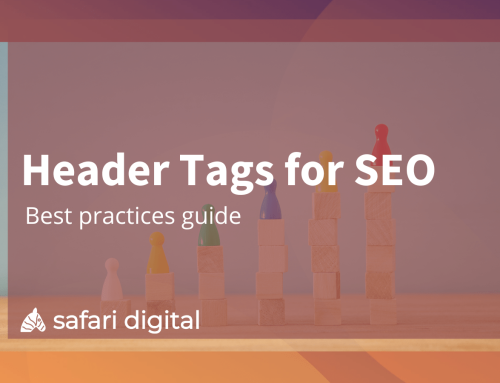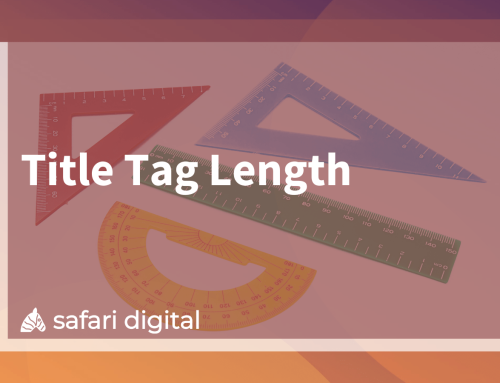In today’s highly competitive e-Commerce landscape, having product pages that rank well, convey your brand’s unique selling proposition (USP), and actually convert can seem like an impossible juggling act.
Before you can think about conveying your USP and converting sales, you need to get in front of your prospective audience – that’s where product page SEO comes in.
So then, how do you strike a balance between an attractive product page and optimised content?
Strategic product page SEO.
Creating aesthetically pleasing pages is important for consumer conversion, but there is no point in having such pages if users can’t find them. Balancing these two objectives can be incredibly challenging, particularly for those websites with thousands of unique product pages.
What makes product page SEO even more complicated, is the increasing competition of e-commerce industry. If you’re not implementing basic product page SEO, your e-commerce website is only going to fall by the wayside. Below we’ve put together some actionable product page SEO tips to drive more traffic to your products.
This article will break down how to optimise product pages, SEO duplicate content product pages, and product page SEO best practices. First, let’s start with the basics.
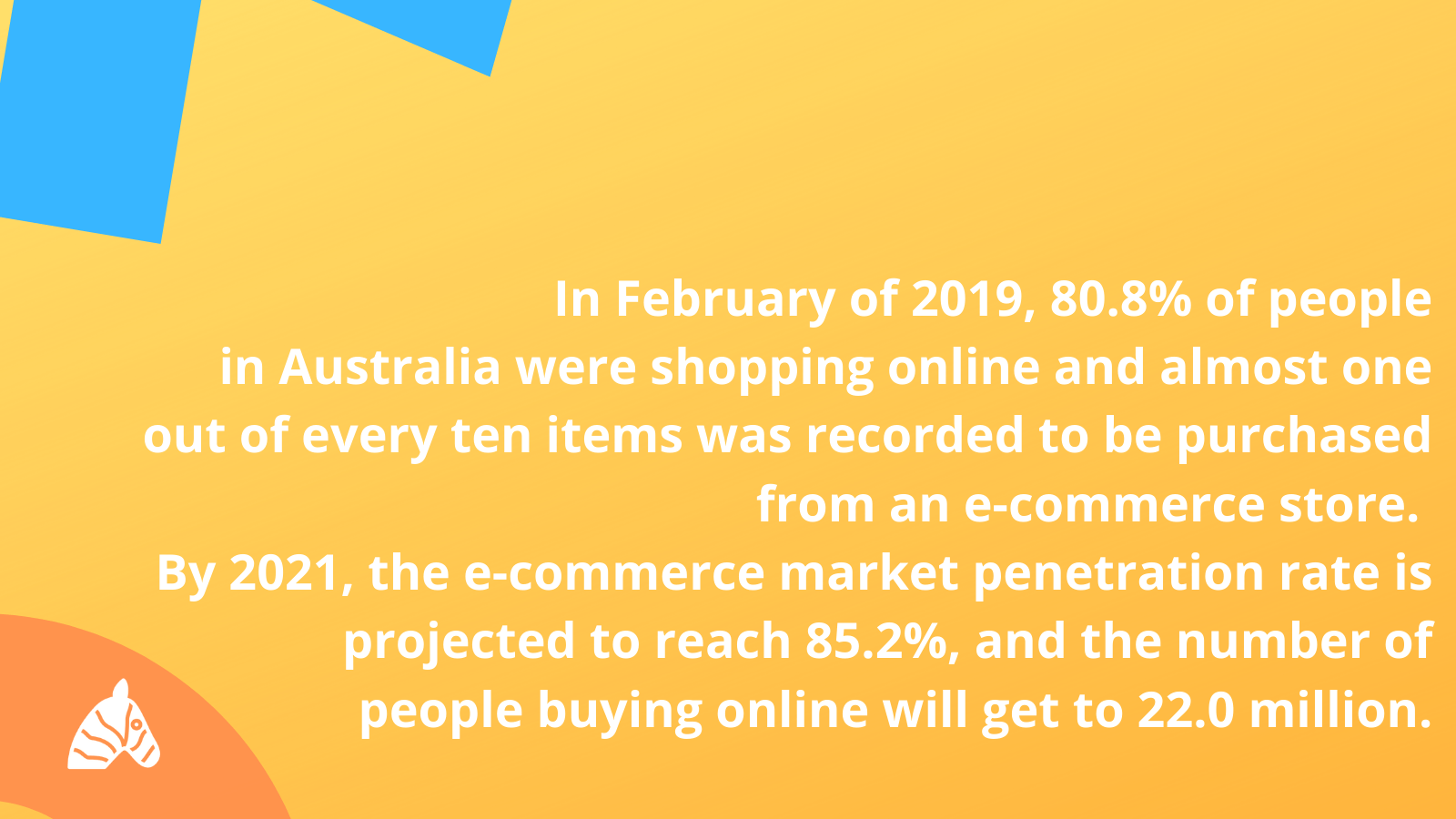
What Is Product Page SEO?
Product page SEO refers to the strategic optimisation of product pages. Your product pages are those individual pages for each product, in which the user can attain valuable information like product size, dimensions, description and other relevant data before clicking on “add to cart”.
Product pages need to offer exceptional user experience to drive conversions. The minute a user is put off or feels uncomfortable on a website, they will abandon the purchase and seek the product elsewhere. The other critical element to consider for product pages is that they need to be visible in search engines for users to find and purchase the products. Users rely on search engines more than ever, which means that rather than going to a website before searching for a product, they are more likely to type what they’re looking for straight into Google.
Product page SEO is the practice of optimising elements of product pages to provide search engines with enough semantically relevant content to get the page found in search engines. Getting these pages to rank well on Google can be enormously beneficial as they drive organic traffic directly to the point of conversion, instead of going through a lengthy sales funnel process.
The problem with product page SEO is that you may always be striving for that perfect balance between creating an attractive page and optimising content to get the page ranked well in search engines. You want to compose unique, on-brand product descriptions that are also SEO-friendly.
What About Product Listing Page SEO?
Product listing page SEO is an equally important aspect of an e-commerce SEO strategy. Product listing pages act as the gateway to your product pages. Generally taking form as category pages or search results within a website, product listing pages serve as a catalogue for all of the different individual products you offer to customers. If a user is browsing product listing pages, it is safe to say they are interested in purchasing from the site.
As well as finetuning your product pages, as a webmaster, you also need to consider the product listing pages. These pages act as a catalogue for products, so it’s essential to prioritise focus keywords and optimised content to have these pages ranking well in search engines. That way, when someone googles “women’s red shoes”, if your website stocks a variety of products fitting this description, the product listing page will present in the search engine. From there, the user can browse all of their options for women’s red shoe products within your website.
How To Optimise Product Pages
There are a number of ways that you can implement product page SEO. As we mentioned earlier, it’s all about creating optimised data for search engines, without taking away from an engaging and actionable user experience. Here’s are some of our most favourable product page SEO tips on how to optimise product pages:
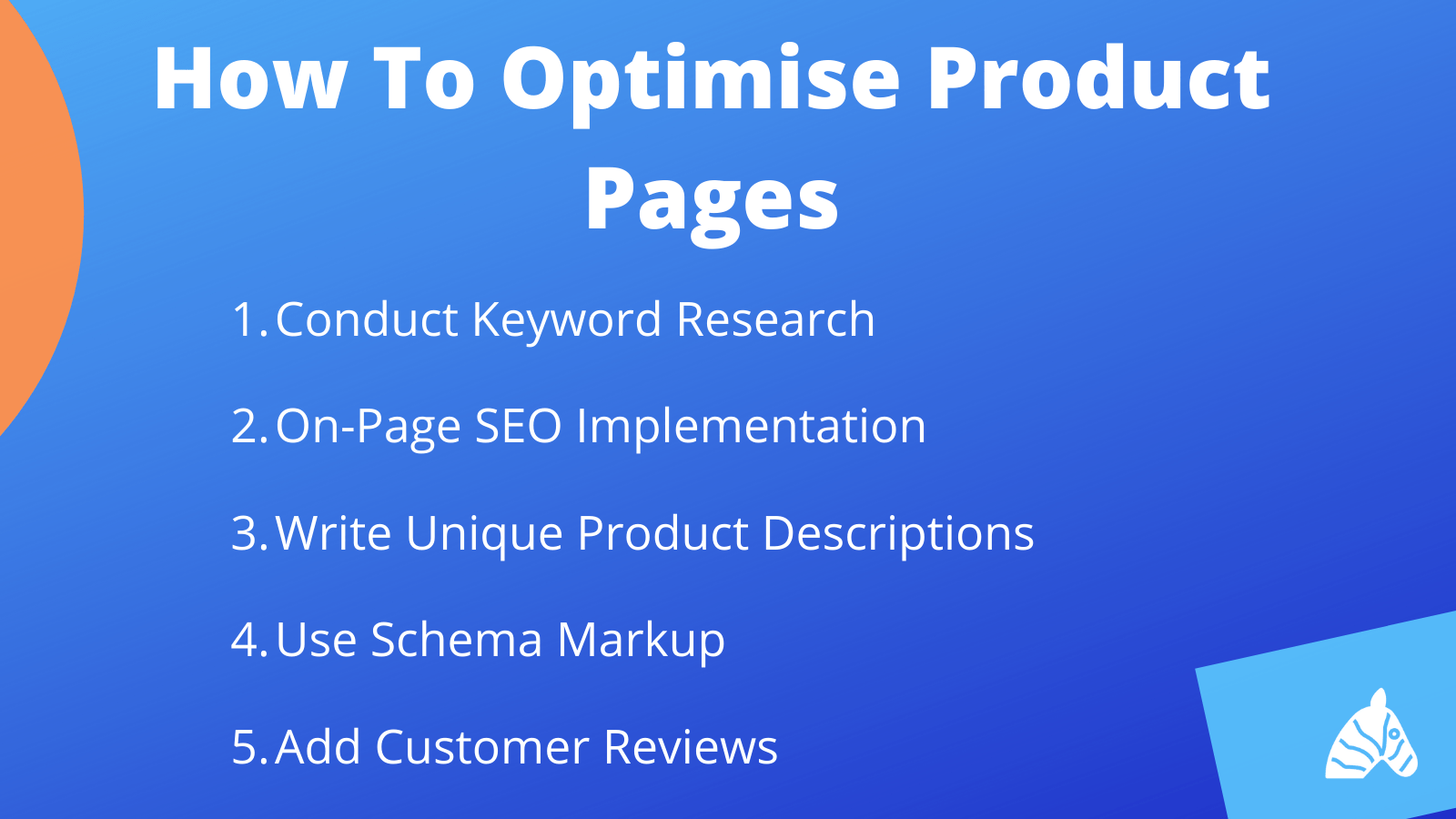
1. Conduct Keyword Research
Before you start writing your product descriptions, it’s vital to conduct some keyword research. If you want these pages to rank well in search engines, you need to choose some keywords to focus on. Without keyword research, you will essentially be flying blind and will have very little chance of ranking your product pages. And yes, you should be doing keyword research on a page-by-page basis. For e-commerce stores, this is generally conducted on a product page and category page (or collection page for Shopify SEO) basis to determine keyword groupings.
2. On-Page SEO Implementation
Now that you’ve got an idea of which keywords you’re targeting for each page, the next actionable step for product page SEO is to implement some basic on-page SEO. Start by optimising your meta descriptions, title tags, and H1 tags. Search engines rely on this information to understand what the page is about and how it is relevant to varying search queries. For this reason, it’s imperative that you make use of your primary keyword, use some long-tail keyword variations where appropriate, and include action words.
3. Write Unique Product Descriptions
If you take one thing away from this article, make it this one. Creating unique product descriptions for each individual page is the key to product page SEO success. Many e-commerce websites will either copy and paste product descriptions from the original manufacturer or create one description and copy and paste it through their entire site. This will not help your rankings, and it will only deter users. Your customers want unique, valuable information on each product. If you’re an e-commerce store with a large number of product pages, prioritise the pages, create unique descriptions, and make it your long-term goal to create unique product descriptions for each individual item.
4. Use Schema Markup
An essential element of product page SEO is structured data. Using schema markups can add structured data to your product pages and get rich results in the SERPs. Rich results make websites stand out, come with a higher click-through rate, and increase the attractiveness of a listing within the search engine results.
Google and other search engines rely on structured data like Schema to better understand the product, including characteristics such as product description, manufacturer, brand, dimensions, SKU, and even price and availability. There is a multitude of options with Schema, many that are openly supported by search engines. Using Schema Markup makes the product page SEO easier to recognise for Google while adding valuable information to the site listing in SERPs.
5. Add Customer Reviews
Inviting your customers to contribute and adding real customer reviews to your product pages can go a long way in improving both user experience and SEO. Reviews help to convert users into customers with product pages with customer reviews converting 58% more visitors than those without customer contributions. Furthermore, reviews help to provide that fresh, unique content that Google is continually looking for.
SEO Duplicate Content Product Pages
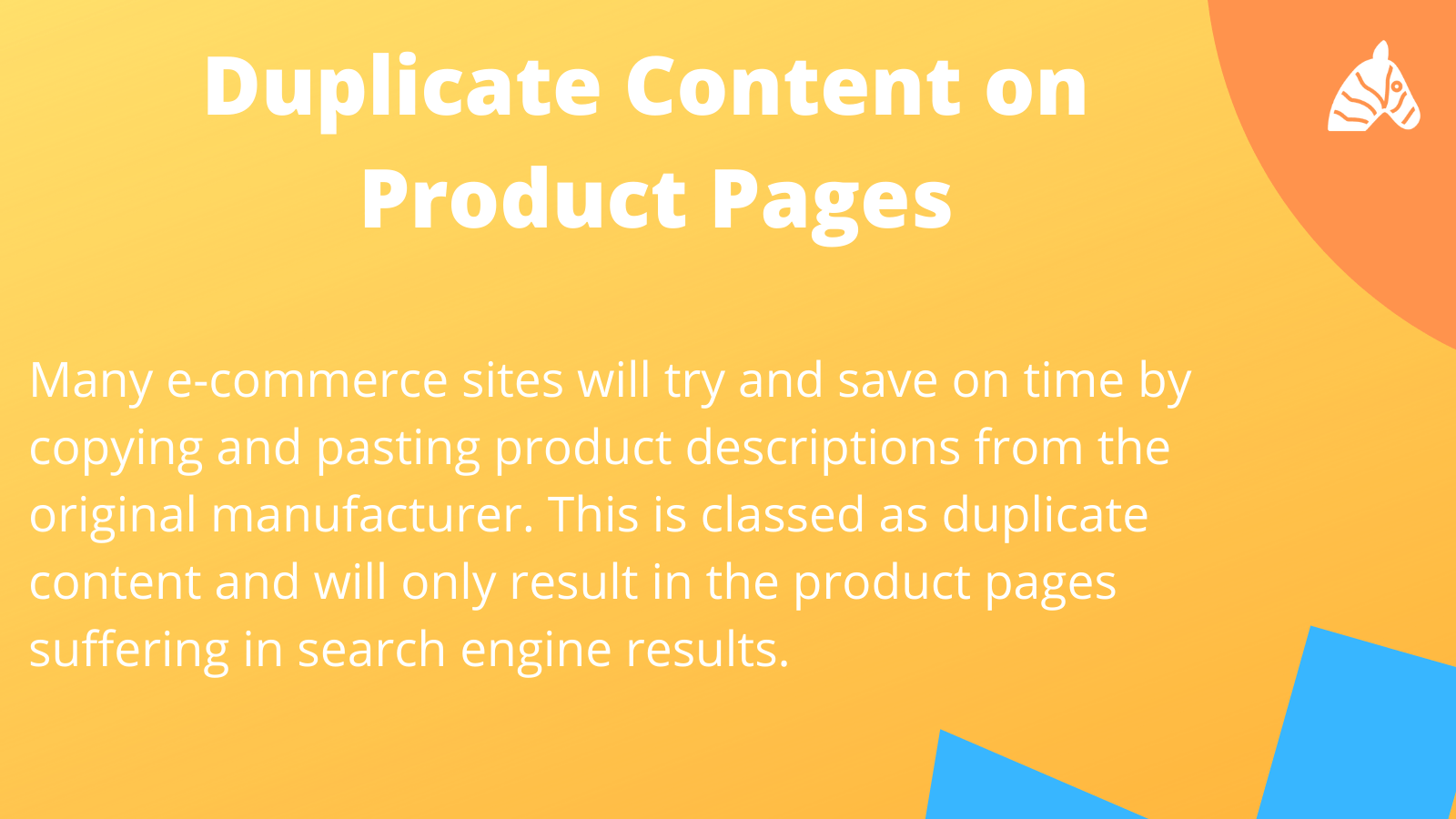
As mentioned earlier, it’s not uncommon for e-commerce sites to copy and paste the manufacturer product description onto their own website. Not only is this lazy and reductive to user experience efforts, but using the manufacturer’s product description will be classed as duplicate content. SEO duplicate content product pages can be incredibly harmful and will signal low quality and spammy behaviours to Google.
You can prevent SEO duplicate content product pages by creating unique, individual product descriptions for each page. If all of your product descriptions are entirely unique, not only will this appease the search engines, but users will be more inclined to make a purchase and return to the site for more information on other items.
Product Page SEO Best Practices
Now that you’ve got some actionable Product Page SEO tips to implement, it’s time to get cracking on optimising your product pages. When applying these product page SEO tips, it’s important to remember that optimising your e-commerce store is an ongoing project. There is always more data to collect, more customer information to learn, and more optimisation to implement. On top of the guidelines above on how to optimise product pages, here are some of our product page SEO best practices to consider:
• Continue to cover basic SEO
While product page SEO can be complicated, don’t forget to address the basics of SEO. Your title tag and meta description for each product page will often be the first interaction a customer will have with each product – it is vital to make them count. Don’t forget to include long-tail keywords where possible, some strategic internal links to support critical pages within your site and optimise the images on each product page.
• Keep it on-brand
Think big when optimising your product pages. Your products are nothing in isolation; each page needs to relate back to product listing pages, category pages, the website and brand. Keep the tone across all descriptions and messaging consistent, following the theme of your brand and the message you want to relay.
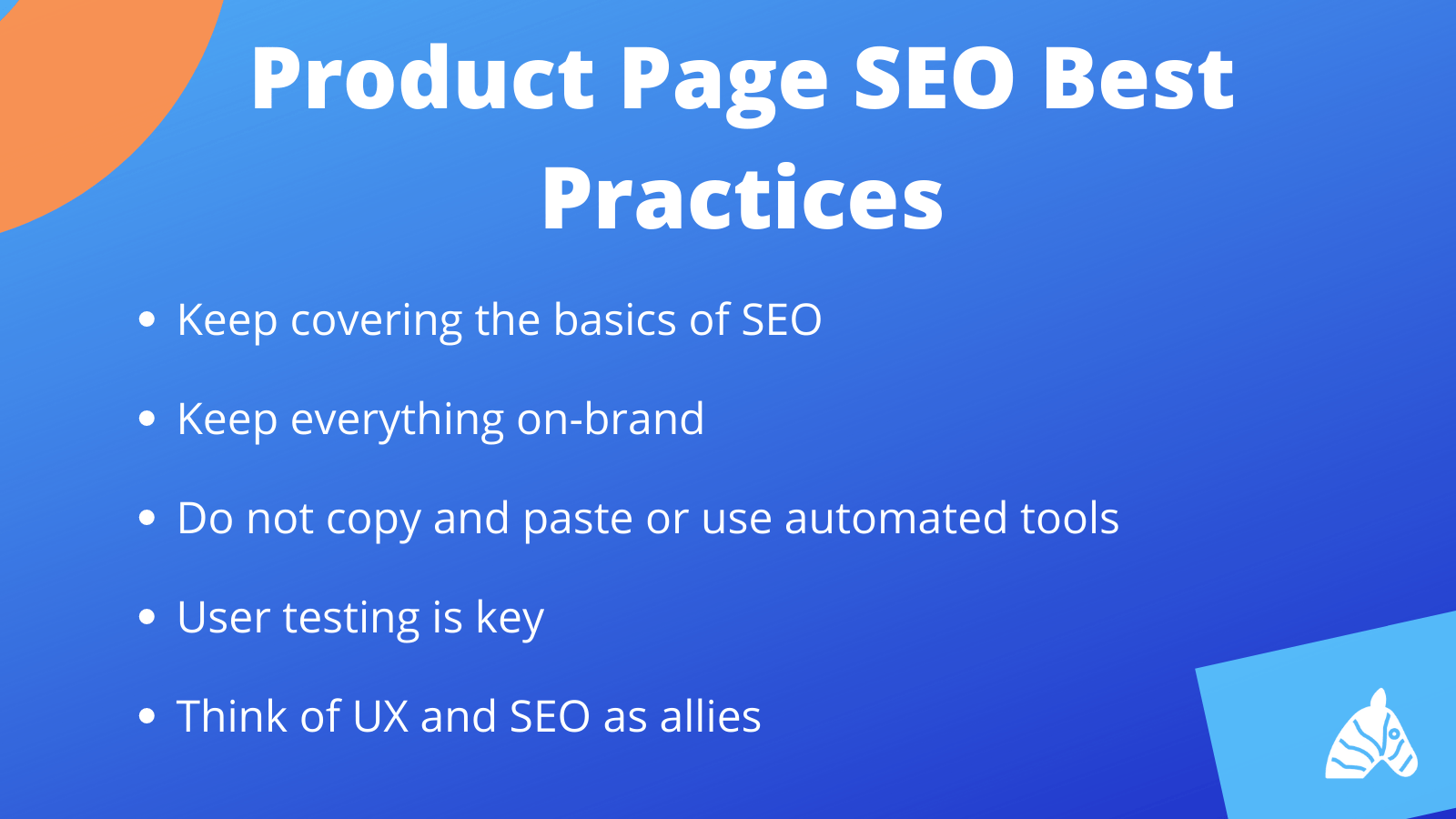
• Do not copy and paste or use automated tools
As we have already mentioned several times, failing to create unique descriptions for each product page will only work against you. Copying and pasting, templates, and automated description generators may save you time, but will only put your site and content at risk. If you’re not willing to put in the time for unique product descriptions, engagement rates and organic rankings will only decrease over time.
• User testing is key
Product page SEO means constant testing, learning, adapting, and growing. User testing is the key to understanding what works best for your product pages, and what is reductive to your SEO efforts. For all you know, changing the colour of the CTA may significantly improve conversion rate. You won’t know until you test, learn, apply, and grow.
• Think of UX and SEO as allies
The problem with product page SEO is that we largely separate user experience and SEO, when, in fact, the two can work together to create harmonious well-optimised pages. User experience and SEO do not have to be opposing elements; SEO targets search engines, UX target’s your website’s visitors. Both share the common goal of giving users the best experience and conversion. Furthermore, as Google continues to move towards satisfying users on search, user experience will only become more intertwined in SEO efforts.
Are Backlinks Important for Product Pages?
Today, backlinks remain a relevant and essential element of any SEO campaign. Backlinks for product pages will help to build trust, authority, and relevance for each individual page. Product pages may prove to be more challenging to acquire backlinks for, as they do not necessarily fit into conventional SEO strategies. Nevertheless, when asking “are backlinks important for product pages?”, it’s vital to remember that the aim should always to attain high quality, relevant, and trustworthy backlinks for product page SEO.
Wrapping Up
In an industry that is only becoming more competitive, optimising your product pages is a crucial step to getting more traffic to convert. Competition may be fierce; however, online shopping is only becoming a more popular option for consumers. This means one thing: the opportunity for e-commerce success is very high.
Get ahead of your competitors and maximise the visibility of your product listings by implementing these actionable product page SEO tips. With so many strategies that you can apply, test, and learn from, it’s time to get the most out of your product pages. If you’d like to learn more about product page SEO best practices or what a comprehensive SEO campaign can do for your e-commerce business, get in touch with Safari Digital today.




